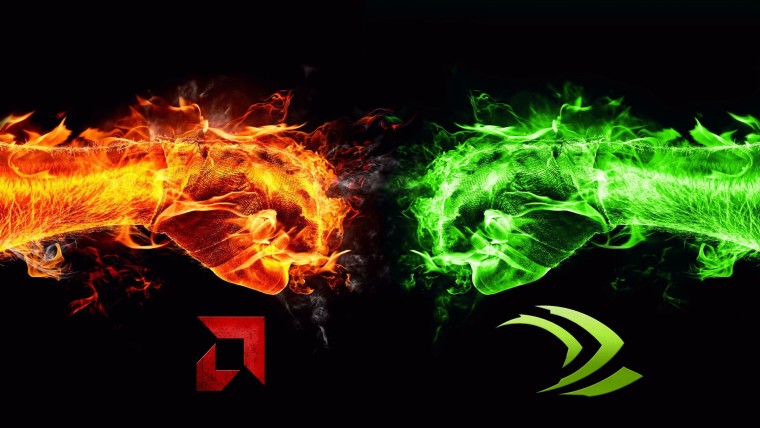
On November 3rd, AMD announced its RDNA 3-based RX 7900 series cards based on the Navi 31 die. The duo of cards in the form of the RX 7900 XTX and the 7900 XT come in at $999 and $100 less, respectively, to take on Nvidia's $1,199 RTX 4080 16GB model which is now simply called RTX 4080 as Nvidia killed or rather "unlaunched" the 12GB variant. The lesser 4080 is allegedly becoming the RTX 4070 according to tipsters.
Yesterday, AMD shared some more performance details on its RX 7900 series including benchmarks for the 7900 XT, and there were more digs at Nvidia. With the RTX 4080 review embargo now lifted, we can finally compare and estimate the performance of the RX 7900 XTX and 7900 XT to see how the two cards measure up against Nvidia's RTX 4090 and RTX 4080, and in this article, we have done just that.
As you can see in these benchmark charts from AMD, the company has only provided data for a very few games, four for rasterization and another four that includes ray tracing. We looked up reputed reviews online and decided to settle on review data from sites, TechPowerUp and TechSpot, to help us with this estimation by combining the data.
Since benchmark results can vary greatly between different game scenes, we decided to use those third-party data which were nearer to the AMD-provided figures. This makes sense since the nearness of scores implies the workload is also similar, and hence our estimated results should be closer to the actual results. And in cases where the AMD data was in the middle of the two third-party numbers, we used the average of both scores.
Rasterization
First up, we have the rasterization-only results, and we were able to approximate three out of the four titles. All performance figures you see below are at 2160p(4K). Alongside the AMD RX 7900 XT, 7900 XTX, Nvidia RTX 4090, and 4080, we have also included the RTX 3090 Ti, which was the fastest 4K gaming GPU last generation. And the 6950 XT is also there too since it was on AMD's slides and acts as the baseline GPU.
|
Resident Evil Village
|
||||||||||||||
|
Cyberpunk 2077
|
||||||||||||||
|
Watch Dogs: Legion
|
||||||||||||||
Ray-tracing
After the raster-only results, we have the numbers for ray tracing included. They are indicated as "RT" which is short for ray tracing in the tables below.
|
Resident Evil Village (RT)
|
||||||||||||||
|
Dying Light 2 (RT)
|
||||||||||||||
|
Cyberpunk 2077 (RT)
|
||||||||||||||
As one would expect, AMD's second-gen ray tracing performance is still nowhere close to Nvidia's third-generation capabilities on the RTX 40-series. In fact, in one instance out of the three, even the RTX 3090 Ti manages to trounce the RX 7900 XTX by a healthy margin.
Though, there is a lot to like about the upcoming AMD cards too. The RX 7900 XTX seems to be comfortably outperforming the RTX 4080 in rasterization while being $200 cheaper. In one case, even the 7900 XT manages to beat the 4080. However, bear in mind that these are first-party numbers we are using here for AMD, and it's just three games that may well be cherry-picked.























11 Comments - Add comment